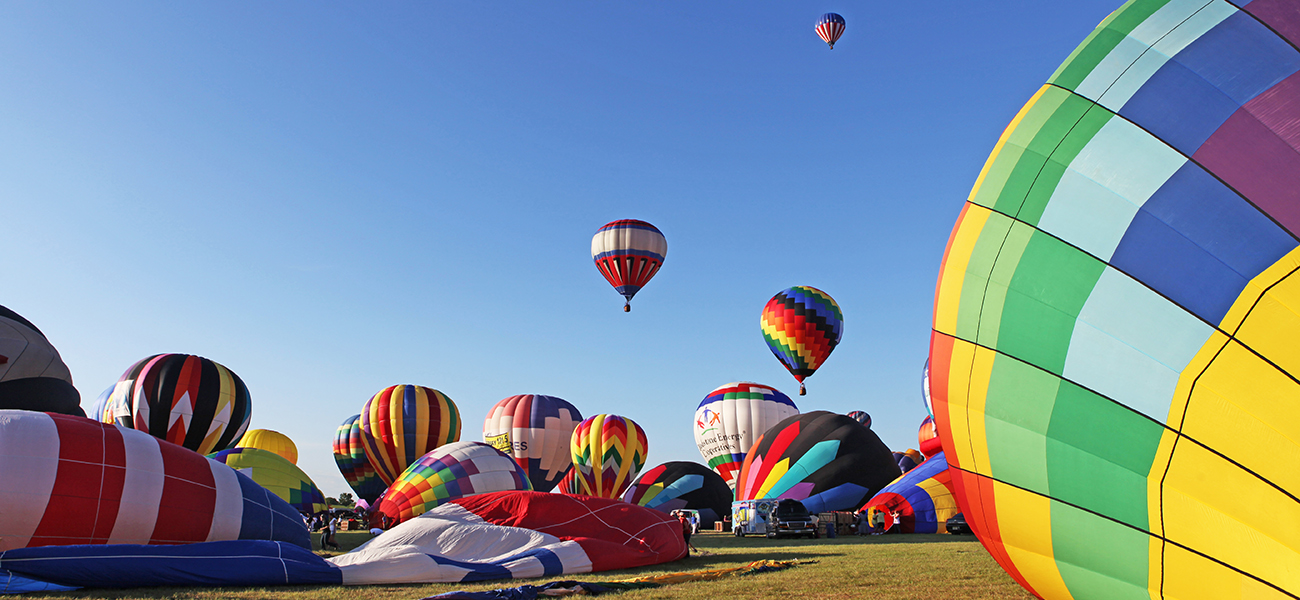Module 5. Gases
Background
We are surrounded by an ocean of gas—the atmosphere—and many of the properties of gases are familiar to us from our daily activities. Heated gases expand, which can make a hot air balloon rise (Figure 1) or cause a blowout in a bicycle tire left in the sun on a hot day.
Gases have played an important part in the development of chemistry. In the seventeenth and eighteenth centuries, many scientists investigated gas behavior, providing the first mathematical descriptions of the behavior of matter.
In this chapter, we will examine the relationships between gas temperature, pressure, amount, and volume. We will study a simple theoretical model and use it to analyze the experimental behavior of gases. The results of these analyses will show us the limitations of the theory and how to improve on it.

Learning Objectives for Gases
- Describe the concept of pressure and origins of atmospheric pressure.
- Identify the relationships between pressure, volume, temperature and number of moles for an ideal gas.
- Apply the Ideal Gas Law to solve problems involving stoichiometry, gas densities, and molar masses of gases.
- Explain the characteristics of an ideal gas.
- Apply Dalton’s Law of partial pressures to relate the partial pressure of each gas, the mole fraction of each gas, and the total pressure of all gases in a gas mixture.
- Explain the tenets of Kinetic Molecular Theory and the microscopic relationship between temperature and kinetic energy.
- Describe the basic science of greenhouse gases and evidence for climate change.
Why is this content important?
In the news: The amount of oxygen in the atmosphere decreases at higher elevations. This is an article about six climbers who ran out of oxygen in their external tanks. During this module on gases, you will investigate why the partial pressure of oxygen changes at different elevations.
Please use this form to report any inconsistencies, errors, or other things you would like to change about this page. We appreciate your comments. 🙂

